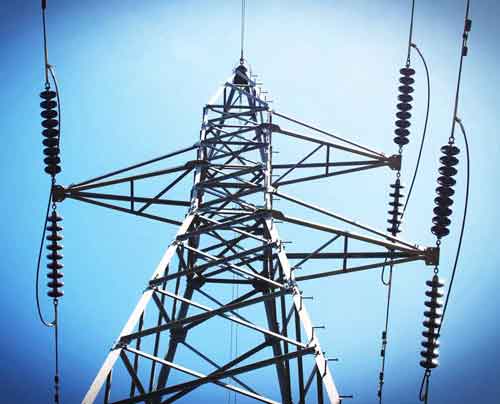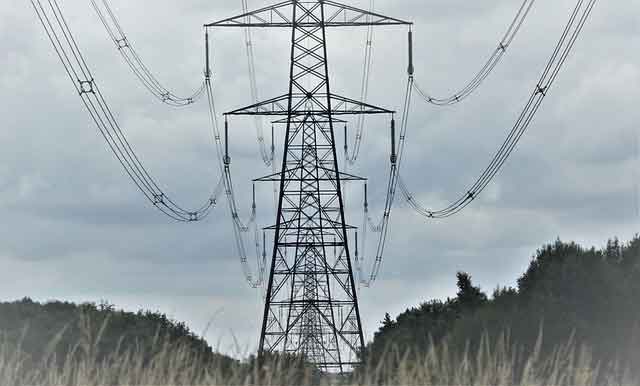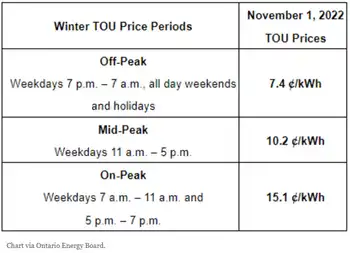Carbon capture can break the old energy equation
By Globe and Mail
Electrical Testing & Commissioning of Power Systems
Our customized live online or in‑person group training can be delivered to your staff at your location.

- Live Online
- 12 hours Instructor-led
- Group Training Available
To do so, we must use all of the tools and technologies available, from conservation to carbon credits and nuclear power to renewables.
The Alberta government announced a historic $2-billion initiative to help lead the development of carbon capture and storage (CCS) technology. Along with large-scale renewables and nuclear energy, CCS is essential if Canada and the world are to address the carbon challenge. CO2 emissions can be separated from the exhaust of industrial facilities – such as coal-fired power plants – then compressed and injected underground to be permanently stored back in the same geological formations that held hydrocarbons for millions of years before we extracted them.
The Canada-Alberta ecoEnergy Carbon Capture and Storage Task Force, which I had the privilege of chairing, concluded that CCS has the potential to eliminate 600 megatonnes of greenhouse-gas emissions a year, roughly 40 per cent of Canada's projected GHG emissions by 2050. That's the equivalent of removing more than all of Canada's current industrial emissions, without losing critical economic services and value.
Most of the components of CCS technology (capture, transport and storage) exist today, but they need to be proven at scale. The support of Ottawa, Alberta, Saskatchewan and other governments will enable this critical next development phase to accelerate the implementation of fully integrated large-scale projects. These demonstration facilities will be the largest and most advanced CCS facilities in the world.
Canada's biggest advantage is the massive storage potential of the Western Canadian Sedimentary Basin, as well as other potential regions, such as Atlantic Canada and Southern Ontario.
But what makes CCS so powerful is that it can be retrofitted to existing fossil energy infrastructure. This solution is highly attractive, given that 20 years from now, most of Canada's industrial emissions will be from facilities already in existence.
By retrofitting coal fleets across the country, CCS has the potential to make coal a carbon-neutral fuel. Add to that the potential for building bitumen-upgrading facilities with CCS capability, and we can capture and store up to 90 per cent of the CO2 emitted from these facilities.
That would be a huge boon to Canada's energy security and greatly enhance the economic value and marketability of Canada's extraordinary coal, natural gas and oil reserves, including Alberta's oil sands.
Coal is a vital part of Canada's electricity generation mix and the only practical baseload fuel for some regions. Canada has about 10 billion tonnes of coal reserves, more energy than all the oil, natural gas and oil sands combined. It is a resource no country can afford to give up on.
There's another potential benefit to consider, which could prove significant. If we can master CCS technology, we have the potential to share our expertise with the rest of the world, including large coal users such as China, India and the United States. We could create an innovative new technology for greenhouse gas reduction and help other countries address their climate-change challenges.
Canada has all the right ingredients for success. We have the coal-fired power generation facilities for retrofitting; we have the deep geological formations where vast amounts of liquefied CO2 can be safely and permanently stored; and we have the visionary leadership and entrepreneurial spirit to make it happen.
Alberta's new CCS program builds on existing government funding and will go a long way toward establishing the technology, but much remains to be done. We must quickly establish the regulatory framework required to develop, permit, build and operate CCS infrastructure, and work on the longer-term plans that will lead to large-scale, integrated systems maximizing both economic viability and the potential for reducing emissions.
Like the construction of our country's most famous infrastructure projects, the commercialization of CCS technology is a worthy and ambitious goal with the potential to secure Canada's economic growth and leadership for a new age.











